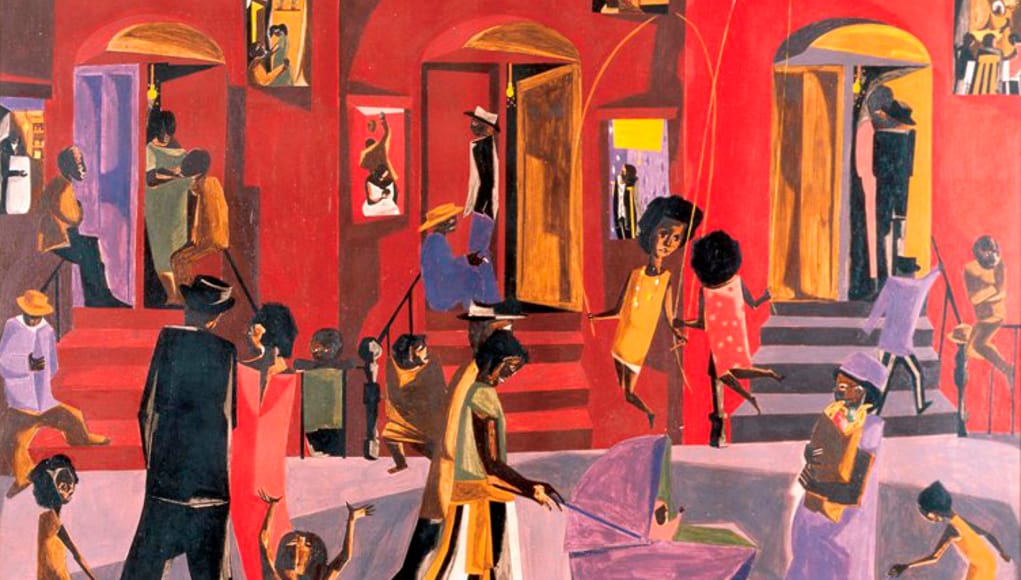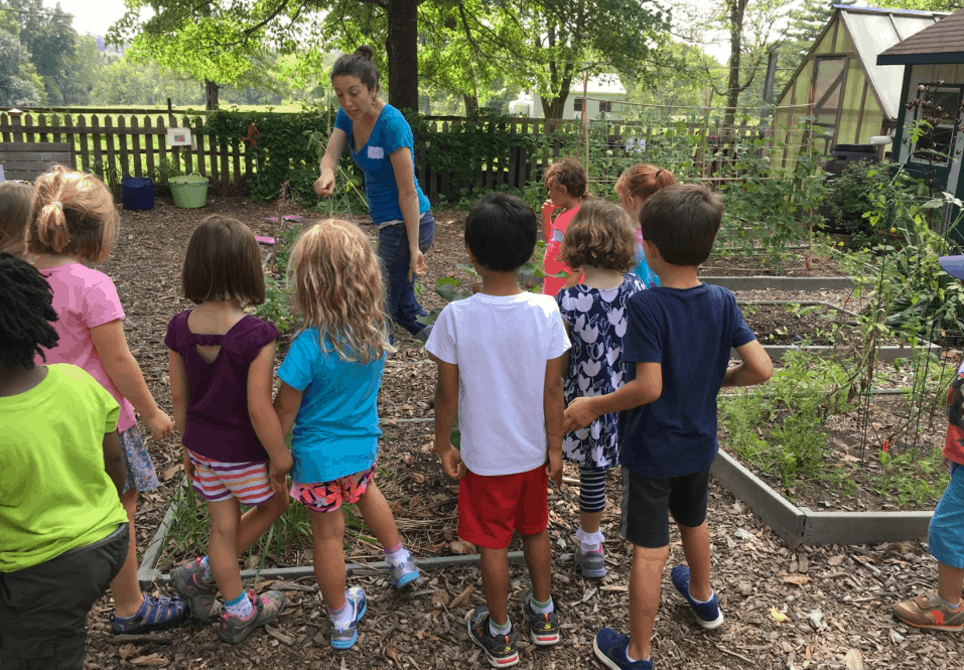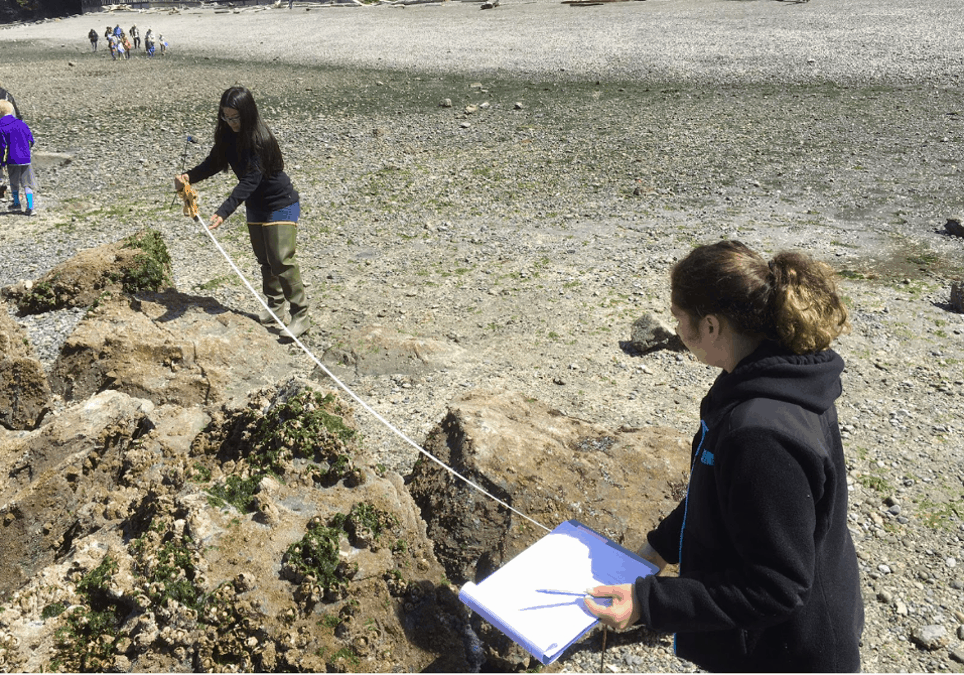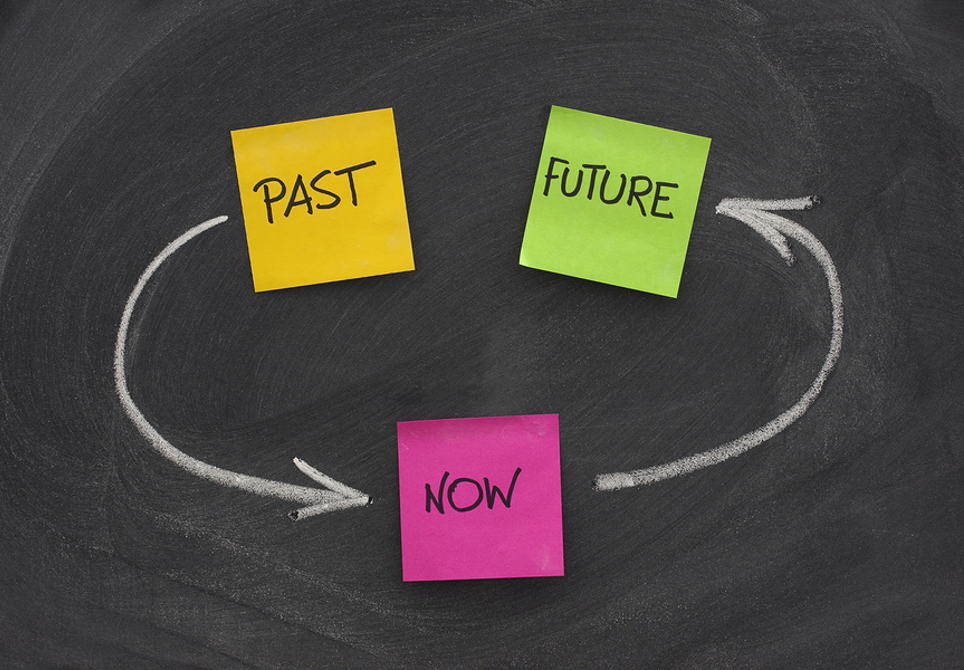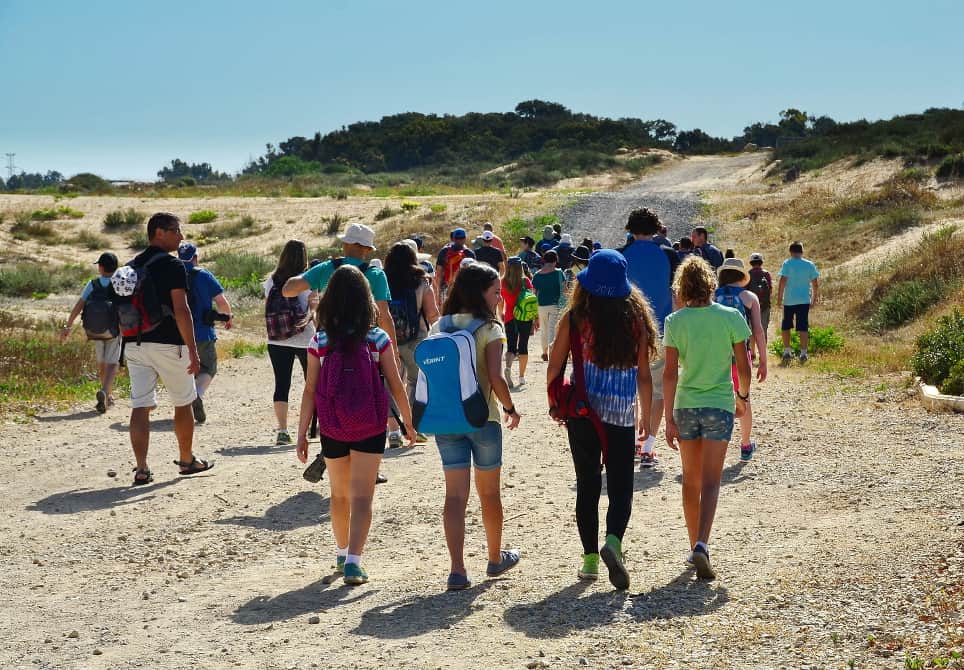Place Based Education
Place-Based Education (PBE) is anytime, anywhere learning that leverages the power of place, and learning space – not just the power of technology – to personalize learning. We’ve recently released a new book, The Power of Place: Authentic Learning Through Place-Based Education, which focuses on how PBE is an immersive learning experience that “places students in local heritage, cultures, landscapes, opportunities and experiences, using these as a foundation for the study of language arts, mathematics, social studies, science and other subjects across the curriculum.” PBE is also a natural complement to Personalized and Project-Based Learning, providing a way to connect these efforts to students’ local environment for engaging learning that leads to more engaged citizens.
Putting the City at the Heart Of Place-Based Education
By: Daniel A. Rabuzzi. Place-Based Education practitioners seem to frame “place” primarily as rural or wild, with few examples featuring urban landscapes. Since the majority of us live in urban areas, let's also include PBE in the city.
4 Steps To Make Your Field Trip Matter
As a parent chaperone and keen observer of the teachers and hosts during my daughter's recent kindergarten class field trip, I picked up these four tips to help make these trips really matter for students.
Powerful School-Community Partnership Brings Learning to Life
By: Joe Weiss. Washington’s Highline Public School District provides an example of place-based learning made possible by powerful partnerships between the school district and local community resources in its Marine Science Technology program.
5 Levels of Place-Based Learning Implementation
By: Nate McClennen. As we approach the possibility of place-based learning at the center of education, here are five levels of PBE for teachers to review to help guide and characterize its implementation in their classroom.
Cool Schools: 3 High School Options in Tacoma
We recently visited three innovative high schools in the Tacoma Public School District that provide the area's 28,000 students opportunities to explore passions and connect to the community in deeper ways than you see at most high schools.
The Past, Present and Future of Place-Based Learning
By: Greg Smith. Place-based education has a long history in education, and this overview of PBE’s roots helps connect the future of place-based education to its rich past.
6 Starting Points for Place-Based Learning
By: Bernard Bull. Place-based education is an approach to teaching and learning even a single teacher in a traditional school can implement with a little creativity, preparation and persistence. Here are six helpful points to get started.
Guidelines for Assessment of Place-Based Learning
By: Gillian Judson. Assessment of learning is a complex and sensitive process, and in the context of place-based education it becomes even more challenging. Here are eight guidelines to help educators get started.
Developing a Sense of Place Means a Deeper Connection to Learning
By: Kristen Mueller-Sims. Developing a deep sense of place in young students leads to a citizenry that is more prepared and willing to contribute to communities for a lifetime.
Place-based Learning, #OutsideSchoolWalls
Steven Guttentag. Students learn #OutsideSchoolWalls all year round, and in doing so, have many opportunities for enriched learning that may not be found inside a classroom or textbook.



